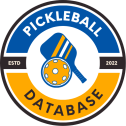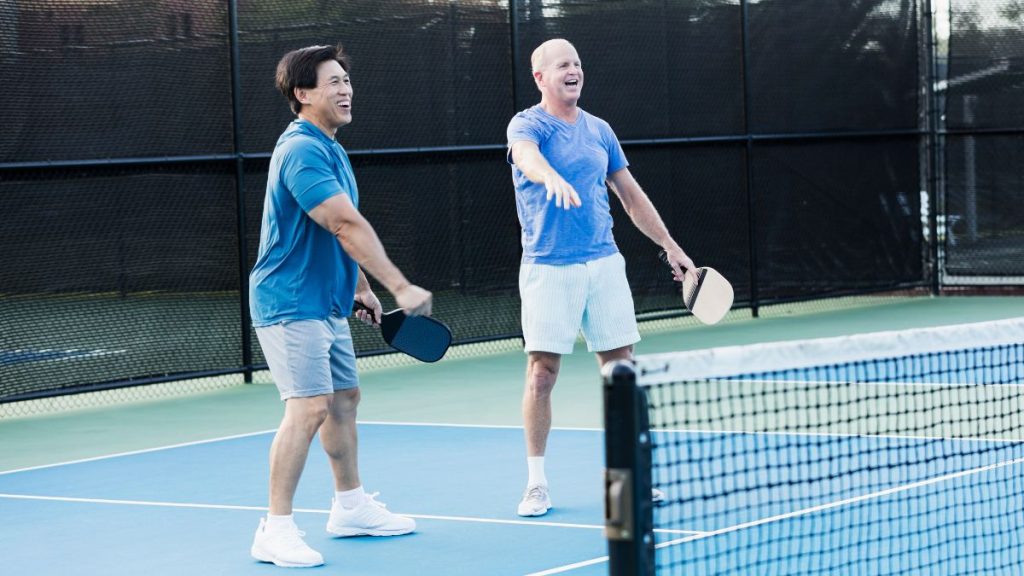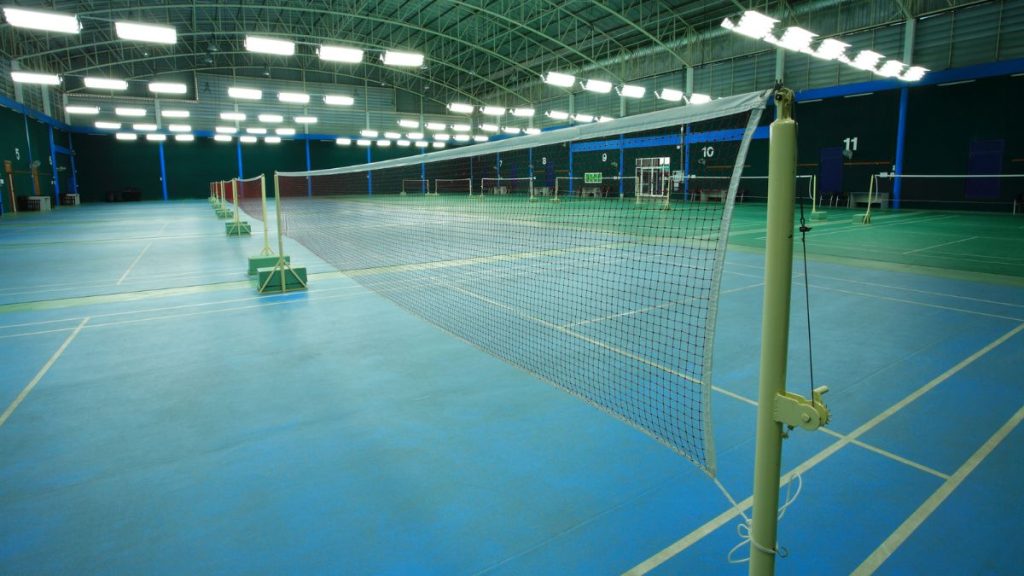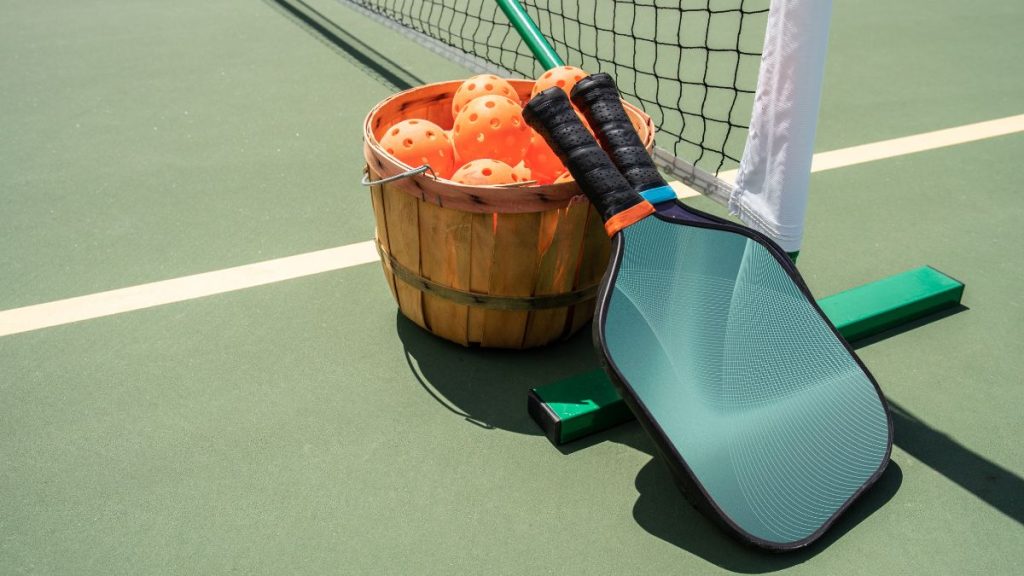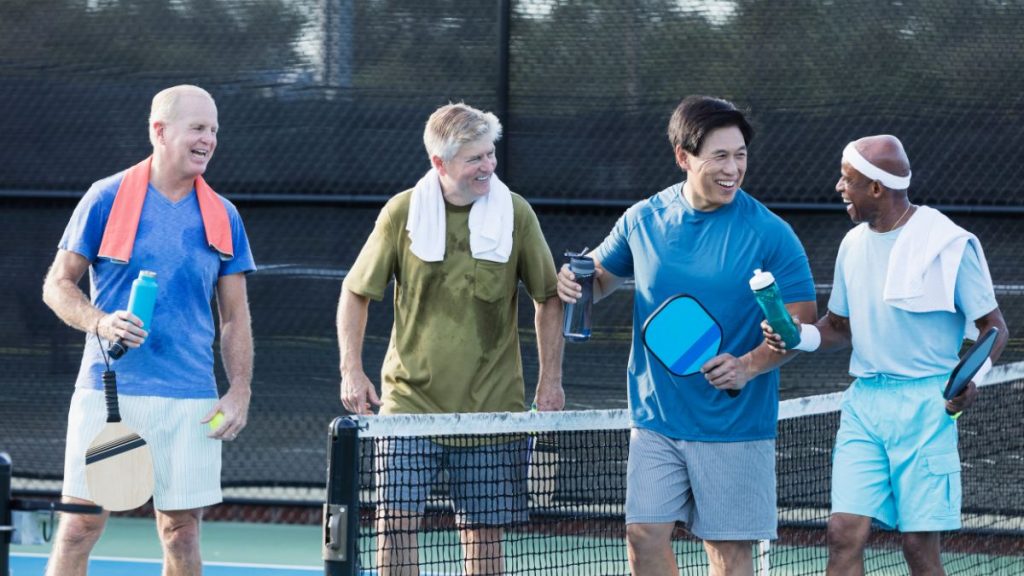In every sport, there’s always a chance that you can commit a fault. A fault is a term used to denote that a player violated the game rules. A fault would normally result in an instant point to the team not guilty of the fault.
When a pickleball game is played without a referee, the players are responsible for calling for their opponents’ faults and theirs. Hence, the fault system in pickleball can also be a test of loyalty and sportsmanship for the players.
Hence, it is important to know every fault in every game you play, especially in pickleball. This article will discuss all you need to know about pickleball faults and when they occur in a game. So when does a fault occur in Pickleball?
Let’s get started!
What Is an Example of a Fault in Pickleball?
There are different ways where you can commit a fault in pickleball. Some examples include serving faults, net faults, hitting faults, line faults, and kitchen faults. Each of the said examples has rules that you need to follow.
If you violate any of the said rules, a fault will be called, and a point will be awarded to your opponent. You don’t want to give them an instant point, so it’s better to be aware of all these faults. Let’s discuss when these faults occur.
How Can A Fault Occur in A Pickleball?
In this section, we will discuss every fault you may commit in a pickleball game. Keep them in mind the next time you play some pickleball game.
You did not allow the ball to bounce in either serving or returning the serve.
A serve should bounce first on your court before passing the net. If you’re on the receiving end, you should also let the ball bounce first on your court before returning it to the server. You may now volley the ball to your opponent when both the serve and return are done.
Volleying the ball means hitting it without letting it bounce first on your court. Be careful because volleying the ball in the kitchen zone is prohibited and considered a fault.
You hit the pickleball straight to your side of the net.
A fault will be called when you hit the ball straight into your network without it crossing to your opponent’s side. It will be called when the ball hits the ground. If your opponent hits the net first before the ball falls into your side of the court, the opponent will be at fault. The rule states that the first to commit a fault shall be subject to it.
You hit the ball under or between the net and net posts.
If you hit the ball either under the net or between the net and net posts, a fault will be called against you. Your opponent will win the rally as a result.
You hit the ball out of bounds.
When you hit the ball, and it goes outside the allowed area on the court, it will be considered a fault. Also, when you hit the ball, and it lands on the respective side of the net, a fault will also be called against you.
You allowed the ball to bounce twice.
When you allowed the ball to bounce twice on the side of your court, it would be considered a fault. For example, if your opponent returned the ball to you and you could not hit it back before it bounced twice, it would be considered a fault, and your opponent would win the rally. A wheelchair pickleball game is exempted from this rule.
You violated a pickleball serve rule.
These are the instances where your service is considered illegal in pickleball:
- You serve the ball overhand.
- You serve the ball above your waist or navel.
- The head of your paddle goes above your wrist.
- You serve the ball after the 10-second time period.
- The serve landed in the kitchen area.
- You stood in the baseline.
- You did not hit the ball in the adjacent area of your court.
When you come into contact with the net, net posts, and your opponent’s side of the court.
If you or anything you wear touched the net, net posts, and your opponent’s side of the court while the pickleball is in play, you would commit a fault. However, in case of pickleball is not in play, and this happens, no fault will be called.
If you made contact with the ball aside from your paddle and your hand in contact with the paddle below your wrist.
The only contact with the pickleball allowed is your paddle and your hand in contact with your paddle below the wrist. If you contact the ball with any part of your body or with your hand in contact with the paddle above your wrist, a fault will be called against you.
When you stop a pickleball in play.
It would be considered a fault if you stopped a live pickleball in action. For example, if you catch or stop a pickleball because you believe it is going outside or you thought your opponent committed a fault, all while there is no call being made, you will be at fault.
When the ball made contact with a permanent object.
When the ball hits a permanent object, such as the bench, tree, or even the referee, before it bounces, the team who made the last contact with the ball will be at fault. Yes, referees are considered to be a permanent objects in this case.
When you violate a kitchen zone rule.
The following are the instances where you can commit a fault in terms of the kitchen zone:
- When you volley a ball inside the kitchen zone
- When anything you wear drops inside the kitchen zone while volleying the ball
- When your momentum caused you to be inside the kitchen zone while volleying the ball
- And when you jumped from the kitchen zone to outside, volleying the ball.
When you hit the ball before it passes the net.
If the ball has not yet passed the plane of the net and you hit it, it would be considered a fault. Make sure to let the ball pass your side of the court first before you hit it. We can be aggressive sometimes and forget much about this while in play.
When it is in your intention to carry or catch the ball.
If it’s intentional that you catch or carry the ball, for example, after you serve, then it would be considered a fault. However, if it is intentional, no fault will be called, and the rally will continue in play.
When you intentionally perform a double hit.
It will be considered a fault when you intend to hit the ball twice, say after the serve. However, if it is unintentionally performed, no fault will be called, and the rally will continue.
When you called for an invalid, let play.
You should keep in mind that no let will be called in a pickleball serve. So, as long as the ball passes through the net and lands on the correct court, it will be considered legal. If you called a let-on service, it would be an automatic fault.
When you called for a timeout after the serve.
If the pickleball has been served already, no timeouts will be allowed for any teams. If you call for a timeout after the serve, it will be considered a fault. However, each team can call for a timeout anytime before the serving team serves.
These are all the pickleball faults you can commit while the pickleball is in play. Be mindful of these faults to avoid losing points to your opponents instantly.
Where Must the Serve Land to Not Be a Fault in Pickleball?
Each serving player is only given one chance to serve for every point rally. The serve should land on the server’s diagonal court. The ball should land inside the parameters of the receiving team’s diagonal court; otherwise, a fault will be called.
Final Thoughts
At first glance, faults can be frustrating. But actually, these faults make the game even more fun and challenging. This also adds a little pressure on the players since they have to always be aware of these faults.
When played without a referee, the players are responsible for calling for faults against their opponents. Hence, you should be equipped with a deep understanding of these faults.
This also promotes honesty and sportsmanship. Not only should players call for their opponent’s faults, but also theirs. They should be honest enough to admit that they have committed a fault and give the rally to their opponents.
